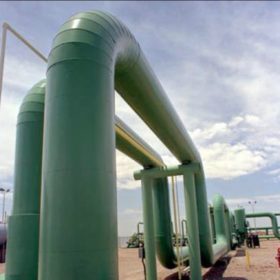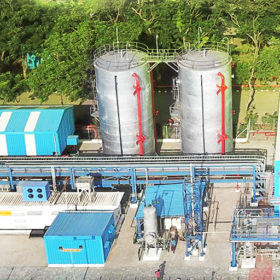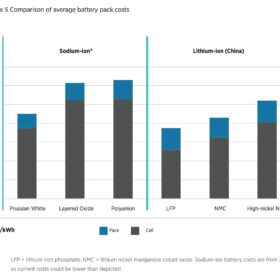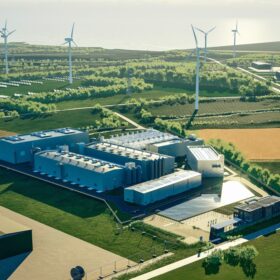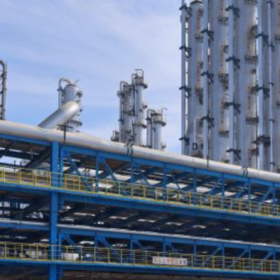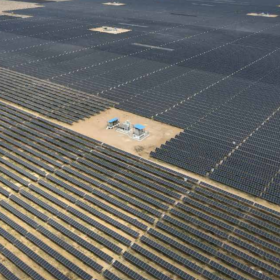India’s green hydrogen future needs demand to keep pace with ambition
If India solves demand creation intelligently, it can become a global price-setter, not just another participant in the hydrogen economy.
Integrating solar and storage for industrial users: Lessons from early projects in Gujarat
Gujarat’s leadership in renewable deployment is now extending into the field of solar plus storage, with direct implications for industrial power users. Large grid connected projects in Kutch, storage additions at hybrid sites, and new battery initiatives aimed at supplying industries with on-demand renewable energy are all early examples of how solar and storage can work together in practice.
India must fast-track green hydrogen based steelmaking amid metallurgical coal supply risks: IEEFA
Indian steelmakers have begun adopting green hydrogen, but this option should become an even greater priority for the country as metallurgical coal supply risks intensify.
SMA launches new containerized medium-voltage substation for large-scale BESS and solar plants
SMA Solar Technology announces the commercialization in Europe of its new MVPS-9200 medium voltage station in a 12-meter containerized version for battery energy storage systems (BESS) and large-scale photovoltaic power plants.
Oriana Power explores compact pumped storage for C&I customers, raises BESS target to 20 GWh by 2030
Oriana Power is expanding its focus beyond battery energy storage to compact pumped-storage solutions—a new generation of systems that the company believes could redefine the future of commercial and industrial (C&I) energy management.
Arun Mittal to lead Vikram Solar’s energy storage arm
Vikram Solar has appointed Arun Mittal—formerly managing director and CEO (India) at Lohum Cleantech—as chief executive officer of its energy-storage solutions arm, VSL Powerhive.
Built to last or built to waste? How battery design shapes the future of recycling
Recyclability has to be considered a core engineering constraint by the battery industry. Adhesives and composites use could be reduced along with designing packs with cell visibility and enabling cell level separation should be a thing of the future. Standardization, which has been avoided for competitiveness for now, must be implemented since that will actually reduce costs across the value chain in the long term.
Sodium-ion battery cell cost could drop to $40/kWh, says IRENA
A report from the International Renewable Energy Agency (IRENA) notes that while it is still uncertain whether sodium-ion batteries will become a disruptive alternative to lithium-ion technology, they could offer significant cost-saving opportunities in applications such as electric vehicles and large-scale energy storage.
The Hydrogen Stream: EWE begins work on 320 MW hydrogen plant in Germany
EWE says construction has started on its 320 MW hydrogen plant in Germany as it seeks regulatory reforms, while Japan Suiso Energy and Kawasaki Heavy Industries have broken ground on a commercial-scale liquefied hydrogen terminal set to begin operations in 2030.
NTPC inaugurates solar-hydrogen-based microgrid at Chushul
NTPC has developed a standalone solar microgrid system that uses hydrogen as the storage medium to deliver 200 kW of round-the-clock power year-round. Designed to replace diesel gensets at off-grid Army locations, the system provides a reliable and sustainable power supply even in harsh winter conditions, where temperatures drop to -40°C at an altitude of 4,500 meters.
